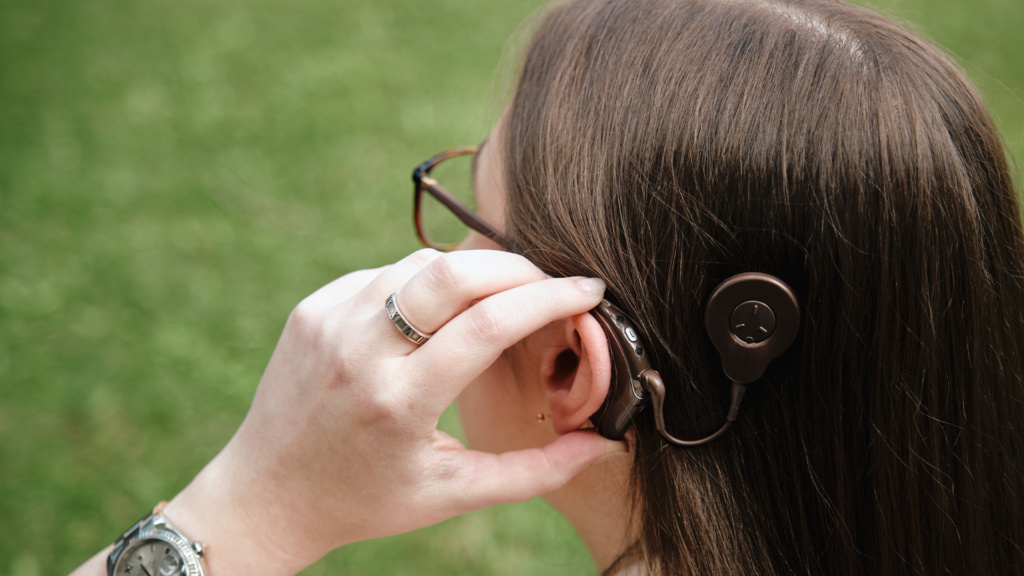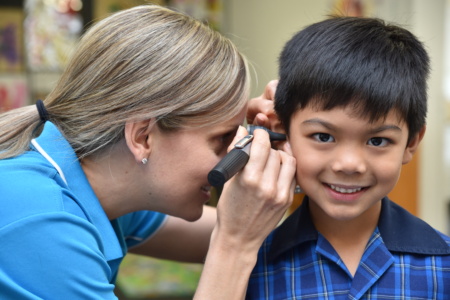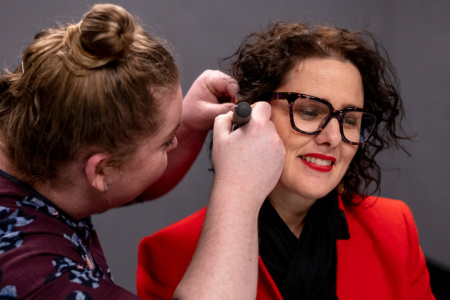Cochlear implants are becoming an increasingly common treatment option for living with moderate to profound hearing loss.
However, receiving an implant is a little like being given a piano – it requires specialised tuning and training to work at its best. At Hear and Say, our interdisciplinary team works to ensure your cochlear implant is successfully “tuned” (or MAPped), and that you’re trained to use your technology in everyday environments through optimal hearing, listening and speaking.
Hear and Say Listening and Spoken Language Specialist, Tracey Taylor shared her three top tips for getting the most out of your cochlear implant once it is switched onto sound, through targeted speech therapy known as auditory learning.
1. Listening in noise
When you’re in a restaurant, or driving the car with passengers, try using your assistive listening device such as a Mini Microphone. This helps you to understand speech more clearly with background noise, decreases your effort to listen and reduces fatigue.
2. Cochlear implant “alone” listening
Regardless of whether your implant is newly switched on or you’ve been wearing it for years, consider incorporating some implant “alone” listening. Although a cochlear implant enables you to hear sound, this sound is initially very different from natural hearing. That’s why it is important to practice listening to get the most out of your implant. Listening with only your implant assists you to understand speech with your new device and make sense of this new electrical signal. You may like to tune into a podcast or music, stream an episode of your favourite TV show, or complete tasks in a listening app.
3. Setting goals
Continue setting specific goals for using your implant. These might include building your confidence when on the phone, being able to hear your children speak from the back of the car or more fully participating in online meetings.

Connect with Hear and Say’s friendly team to find out more about auditory learning, and get one step closer to achieving your hearing and communication goals.









